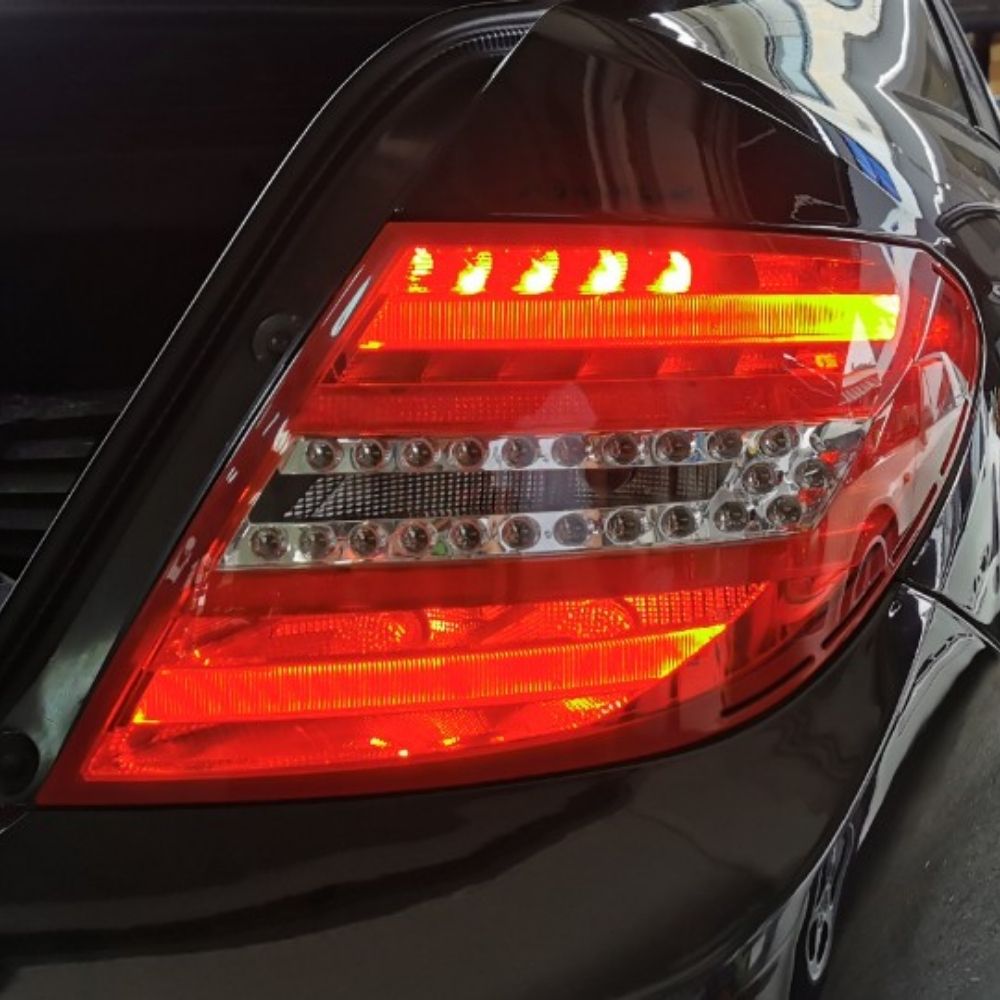
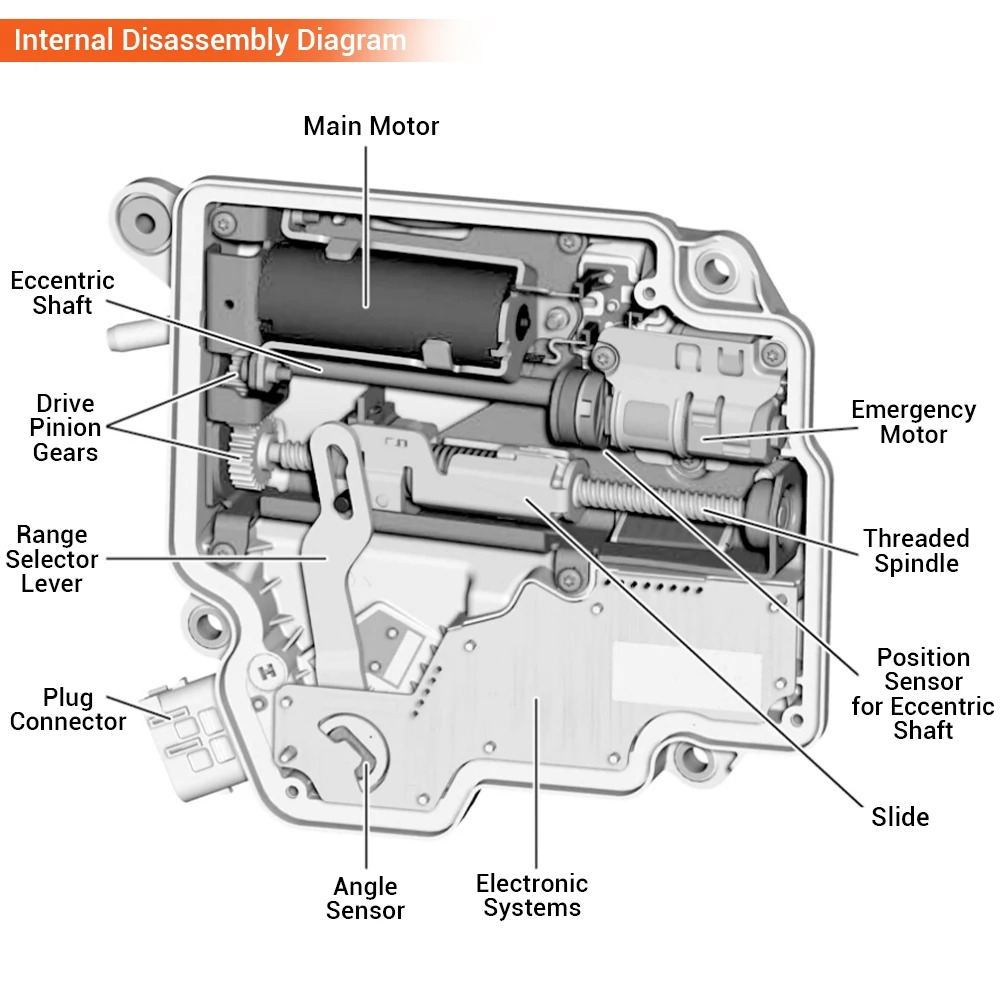
The Intelligent Servo Module (ISM) is a critical component in modern automotive automation, silently managing the complex task of gear selection in vehicles with electronic shift-by-wire systems. As cars evolve toward smarter and more autonomous driving, the ISM plays a vital role in replacing traditional mechanical linkages with precise electronic control, enhancing both safety and user experience. In this article, AutoExplain’ll dive deep into what the Intelligent Servo Module is, how it functions, where it fits in your vehicle’s control architecture, and why it matters more than ever in the age of intelligent mobility.
Table of Contents
ToggleThe Intelligent Servo Module is an electromechanical device that manages gear shifting electronically without any physical linkage between the gear selector and the transmission. It is commonly found in high-end vehicles like Mercedes-Benz models equipped with Direct Select technology.
ISM is often located directly on the transmission housing and integrates:
This compact unit replaces traditional mechanical linkages with precise electronic control, improving shift performance and allowing advanced features such as automatic parking lock engagement and drive-away interlocks.
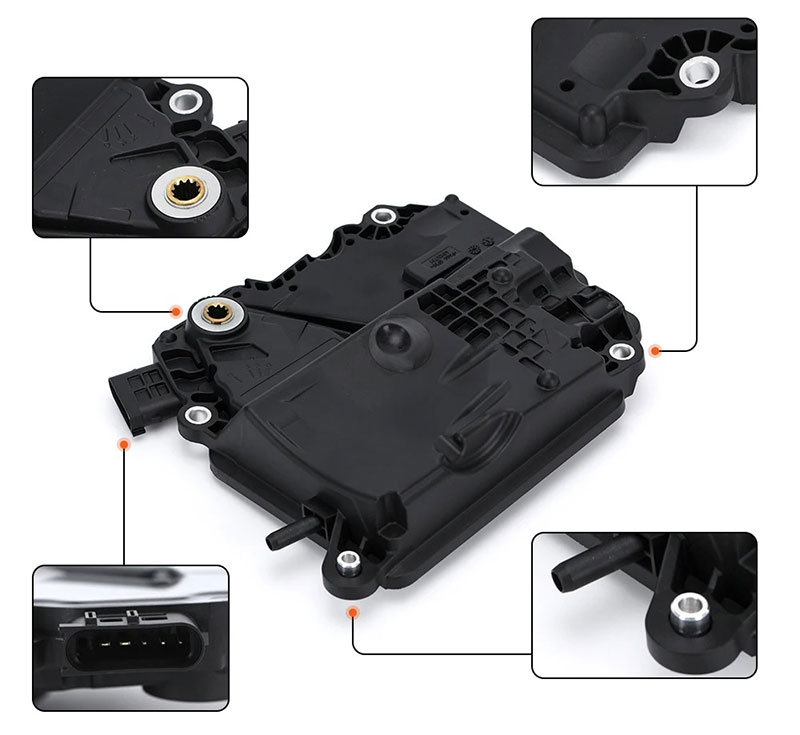
The intelligent servo module is designed to enhance vehicle automation and control. Here are some key functions:
The intelligent servo module (ISM) is a sophisticated mechatronic system that integrates mechanical, electrical, and software elements into a compact housing. Each component plays a vital role in ensuring the precise, responsive, and reliable actuation of vehicle systems such as gear selection, throttle control, or braking. Below is a breakdown of the main components:
At the core of the ISM is a small, high-torque electric motor, typically a brushless DC motor.
Function: Converts electrical signals into rotational or linear mechanical movement to control the target system (e.g., shift lever, throttle valve).
Features: Designed for fast response, durability under high temperatures, and continuous operation with minimal wear.
Control: Motor speed and position are precisely regulated by the onboard control unit using pulse-width modulation (PWM) signals.
The motor’s rotation is transmitted through a gear reduction mechanism to amplify torque and achieve the necessary mechanical output.
Function: Converts high-speed motor rotation into slow, high-torque movement suitable for actuating transmission parts or other components.
Designs: Can include spur gears, worm gears, or planetary gearsets, depending on application and space constraints.
Benefits: Increases mechanical efficiency while reducing overall motor size.
These sensors provide real-time feedback on the position and movement of the actuator.
Types: Typically, Hall-effect sensors, rotary encoders, or potentiometers are used.
Function: Continuously monitor actuator position to ensure the module has reached the desired target (e.g., gear position).
Role in Safety: Help detect misalignments, jams, or mechanical faults.
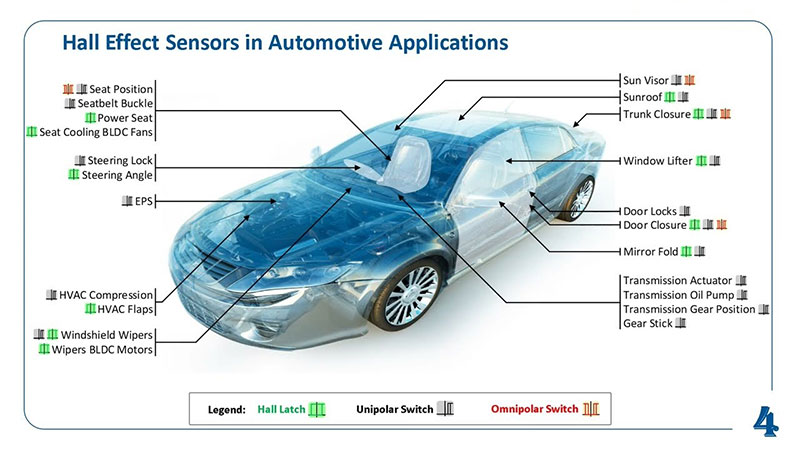
This is the “brain” of the ISM and consists of a microcontroller with embedded software.
Function: Processes input signals from the vehicle’s electronic control units (ECUs), interprets driver commands, and controls motor operation accordingly.
Features: Includes logic circuits, signal processors, voltage regulators, and memory for storing software and calibration data.
Software Role: Implements closed-loop control algorithms to ensure accuracy and responsiveness.
The ISM includes a Controller Area Network (CAN) interface, allowing seamless communication with the rest of the vehicle’s electronics.
Function: Receives commands from the vehicle’s main ECUs (e.g., TCU or PCM) and transmits diagnostic or feedback data.
Security: Often includes protocols to prevent unauthorized access or tampering.
Updates: Supports software updates and calibration through diagnostic tools via the CAN network.
The ISM is enclosed in a robust, weather-resistant housing, often made of aluminum or high-grade plastic.
Purpose: Protects sensitive electronics and mechanical parts from heat, moisture, vibration, and road debris.
Sealing: Includes gaskets or rubber seals to ensure the module remains operational under harsh environmental conditions, especially when mounted on the transmission.
The ISM includes a multi-pin connector for power, ground, and communication lines.
Function: Supplies the necessary voltage (typically 12V or 24V) and serves as the interface for signal transmission.
Protection: Includes features like reverse-polarity protection and noise filtering to prevent damage from electrical spikes or voltage fluctuations.
The Intelligent Servo Module (ISM) is a key component in modern vehicles, responsible for executing electronic commands related to gear shifting and other motion-control systems. Its compact yet powerful design allows it to perform precise mechanical movements based on digital signals from the driver or the vehicle’s control units. To understand its importance, it’s essential to know where it is located, what it controls, and what systems it interacts with.
The exact location of the ISM may vary depending on the vehicle make and model, but it is usually mounted in one of the following areas:
Directly on the transmission housing: In vehicles like Mercedes-Benz (with the Direct Select system), the ISM is installed externally on the gearbox. This allows for direct actuation of shift positions without a mechanical link.
Within the gearbox (internal ISM): In some automatic or dual-clutch transmissions, the ISM may be integrated into the mechatronic unit inside the transmission itself.
Close to the shift selector module: In vehicles that use a central console selector or rotary dial, the ISM may be located underneath or nearby to receive signals directly from the gear input device.
Near the ECU/control modules: In electric vehicles (e.g., Tesla), the ISM functions can be distributed across the drivetrain and electronic modules, making the location more virtualized.
Regardless of where it’s mounted, the ISM is strategically placed to reduce mechanical complexity and improve response time.
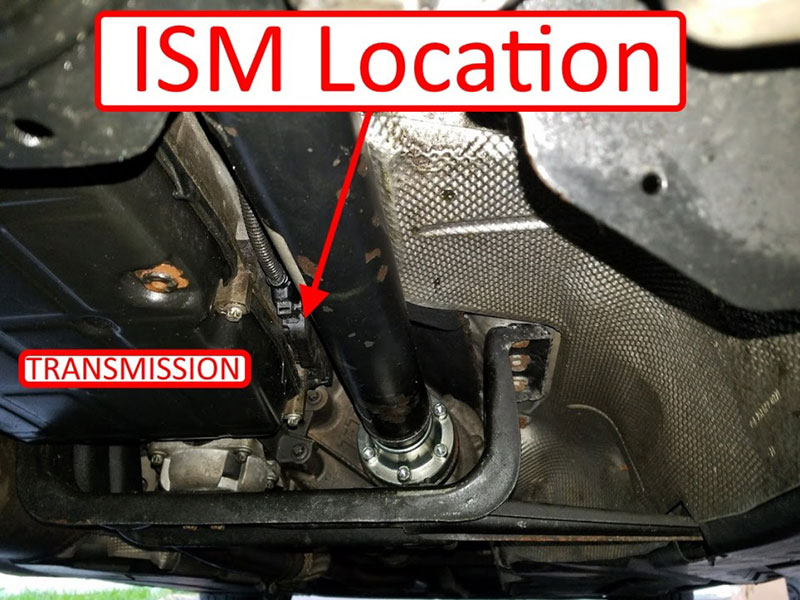
The Intelligent Servo Module is not a standalone unit—it operates in close coordination with several critical systems in the vehicle:
Transmission System
Primary function: Electronically control gear selection (P, R, N, D) based on driver input or system logic.
Communicates with the Transmission Control Unit (TCU) to synchronize shifting and ensure mechanical alignment.
In hybrid/electric vehicles, it also handles eCVT control or torque split management.
Brake System
Some ISMs interact with the Electronic Parking Brake (EPB) and Auto-Hold functions.
For safety, the ISM may automatically shift to “Park” if braking conditions require it (e.g., door opens or driver unbuckles while vehicle is stationary).
Steering and Safety Systems
In vehicles with ADAS (Advanced Driver Assistance Systems) or self-parking features, the ISM is instructed to shift automatically based on autonomous driving logic.
Ensures that gear selection matches steering and motion commands in low-speed automated maneuvers.
Powertrain & Battery Systems (in EVs and hybrids)
In electric vehicles, the ISM may work in tandem with regenerative braking and torque vectoring systems.
Ensures smooth transition between driving modes and efficient power delivery.
Body Control Module (BCM) and Central Gateway
Handles communication protocols (often via CAN bus) between the ISM and other systems.
Supports diagnostics, error reporting, and safety overrides.
The Intelligent Servo Module uses a variety of sensors and actuators to perform its tasks with precision and safety. These include:
4.3.1. Sensors:
Position Sensors (Hall-effect or Rotary Encoders):
Detect the current position of the actuator or selector fork.
Allow closed-loop feedback to prevent incorrect gear selection.
Input Selector Sensor:
Monitors driver commands from gear selector input devices (e.g., stalk, dial, joystick).
Temperature and Voltage Sensors:
Monitor the operating conditions of the ISM to prevent overheating or under-voltage malfunction.
Speed Sensor (via TCU):
Ensures that gear changes are only made at appropriate vehicle speeds.
Servo Motor / Electric Actuator:
Core component that performs the physical movement to shift gears.
Controlled electronically via PWM or digital signal.
Parking Lock Actuator:
Engages or disengages the mechanical parking lock inside the transmission.
Solenoids (in integrated systems):
May assist in fluid control or movement in hydraulic-mechanical ISMs.
The Intelligent Servo Module (ISM) operates as a networked control unit that does not function in isolation—it depends entirely on high-speed communication protocols to receive commands, report statuses, and coordinate its actions with other vehicle systems. This communication is primarily achieved through CAN bus or LIN bus networks, which link the ISM to various Electronic Control Units (ECUs).
Main communication protocol used by ISMs in most vehicles.
Operates at speeds up to 1 Mbps (typically 500 kbps in automotive systems).
ISM uses CAN to send and receive real-time data, including:
Gear selector input status
Actuator position feedback
Fault codes and system health
Gear engagement confirmation to the TCU (Transmission Control Unit)
Why CAN?
Supports multi-master communication, so the ISM can both transmit and listen.
Built-in error detection and prioritization, essential for safety-related commands (e.g., “Shift to Park” when door is open).
ISM messages often travel over the Powertrain CAN or Chassis CAN, depending on the vehicle architecture.
Used for low-speed, non-critical communication.
Often present in vehicles where the gear selector interface (rotary dial, stalk switch) communicates with the ISM via LIN.
Operating speed is max 20 kbps, which is sufficient for simple, one-way or request-based messages like:
Selector position input
Illumination status
Lock/unlock button signals
Example: In some Mercedes-Benz models, the LIN bus connects the gear selector lever to the ISM, while the ISM itself communicates with other control units via CAN.
The Intelligent Servo Module (ISM) is increasingly used by many leading automakers to enable shift-by-wire systems, eliminate mechanical linkages, reduce vehicle weight, and enhance interior packaging. Below are detailed examples of how ISMs are used in various popular vehicle brands and models:
System Name: Direct Select Gearshift System
Models: E-Class, S-Class, C-Class, GL, GLE, CLS, and others with 7G-Tronic or 9G-Tronic transmissions
Key Features:
The ISM is mounted directly on the transmission and electronically controls gear selection.
Gear selection is made using an electronic stalk on the steering column.
The ISM receives signals from the gear stalk and translates them into precise mechanical movement within the transmission.
Includes built-in safety logic: for example, shifting to P (Park) automatically when the driver opens the door or turns off the engine under certain conditions.
Communicates with the Transmission Control Unit (TCU) via CAN bus, allowing real-time diagnostics and software updates.
Often fails due to battery voltage issues, wiring harness problems, or software glitches—leading to symptoms like the car stuck in Park.
Technical Note: The Mercedes ISM is encoded to the vehicle’s VIN and must be programmed with STAR/Xentry diagnostics after replacement.
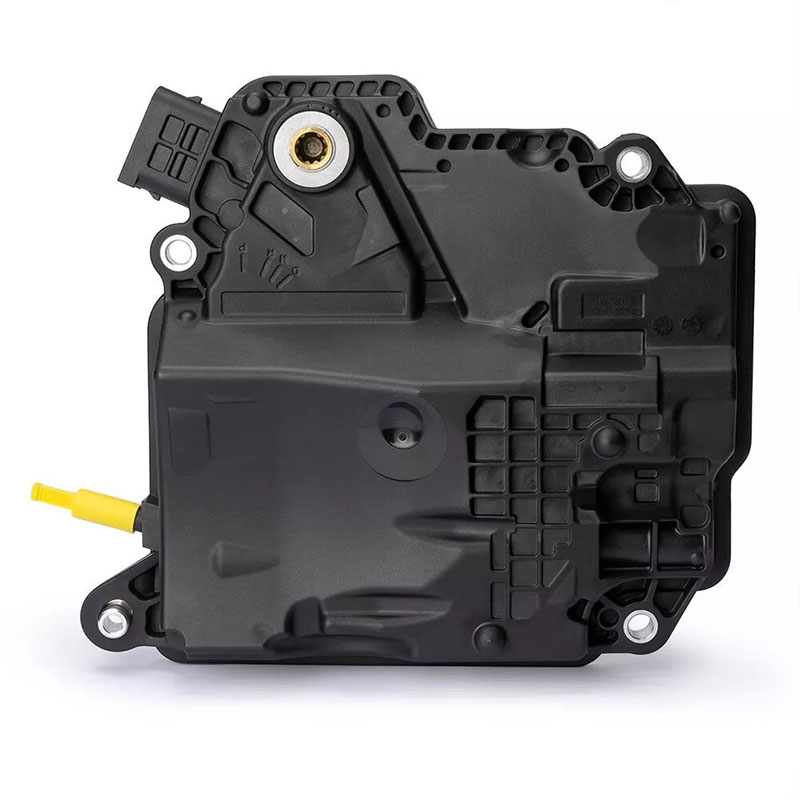
System Name: Shift-by-Wire Gear Selector Module
Models: BMW 5 Series (G30), 7 Series (G11), X5, X6, and other models with ZF 8HP or Steptronic transmissions
Key Features:
The ISM operates the gear control electronically without mechanical linkage.
The selector lever inside the vehicle is not physically connected to the transmission but sends signals to the Gearbox Mechatronic Unit, which includes servo modules.
The ISM is part of a broader mechatronic system integrated into the transmission oil pan (in ZF transmissions).
Allows for automatic gear selection based on driving conditions (e.g., predictive downshifting).
Some models allow paddle shift or gesture-based input, which is interpreted and acted upon by the ISM.
System Name: Audi Drive Select / Audi Shift-by-Wire
Models: Audi A6, A8, Q7, e-tron
Key Features:
Audi uses compact ISMs to control gear shifts electronically in its automatic and electric models.
In vehicles like the Audi e-tron, the ISM is integrated with electric braking and regenerative braking systems.
A small joystick-like gear selector sends signals to the ISM to change gears (P, R, N, D).
Also contributes to parking assist systems where the car can automatically shift gears when self-parking.
Fully integrated with Audi’s advanced ADAS and MMI systems, allowing predictive and driver-assist functions.
System Name: Software-Controlled Servo Modules
Models: Model S, Model X, Model 3, Cybertruck (new architecture)
Key Features:
Tesla vehicles eliminate traditional shifters altogether (especially in the redesigned Model S/X).
The ISM works with touchscreen or auto-detect gear selection (based on GPS and driving context).
Tesla’s servo modules are software-driven and control gear actuation, drive mode selection, and regenerative braking through the central ECU.
In case of faults, Tesla’s systems default to Neutral and apply the parking brake automatically.
Fully over-the-air (OTA) upgradable, allowing Tesla to refine ISM behavior via software updates.
System Name: Electronically Controlled Continuously Variable Transmission (eCVT) and ISM
Models: Toyota Prius, Camry Hybrid, Lexus RX, NX, ES
Key Features:
In hybrid and plug-in hybrid vehicles, Toyota uses ISMs to precisely control the eCVT system.
These servo modules help regulate power flow between the internal combustion engine and electric motor.
In models with electronic gear selectors (e.g., Prius “joystick”), the ISM interprets driver input and controls the planetary gear system.
Integrated into Toyota’s Hybrid Synergy Drive (HSD) system for smooth power transitions.
System Name: Rotary Dial or Push-Button Shifter Systems
Models: Ford Edge, Explorer, F-150, Lincoln Nautilus; GM vehicles like Cadillac Escalade, Chevrolet Blazer
Key Features:
These vehicles use rotary knobs or push-button panels to select gears.
The ISM interprets the user’s input and commands the transmission servo to shift accordingly.
Integrated with safety features like auto-Park when doors are opened while running.
In hybrid models, also works in tandem with regenerative braking modules.
As electric vehicles (EVs) and autonomous driving technologies evolve, the intelligent servo module will play an increasingly vital role. In EVs, although traditional gear shifting is minimal, similar servo modules are used for:
In autonomous vehicles, electronic control of all vehicle functions, including transmission, is essential. The ISM enables this by allowing gear changes without human intervention.
Despite being a highly sophisticated and reliable component, the Intelligent Servo Module (ISM) can develop faults over time due to wear, electronic issues, environmental exposure, or improper servicing. Diagnosing ISM problems can be challenging because they often mimic symptoms of transmission or electrical faults. Below is a breakdown of the most common ISM-related problems, their symptoms, causes, and possible solutions.
Symptoms:
The vehicle is stuck in “Park” even when the brake pedal is pressed.
Warning message on the dashboard: “Shift Lock Malfunction” or “Cannot engage gear”.
Clicking sound but no gear engagement.
Common Causes:
Internal actuator motor failure or jammed gear.
Faulty parking lock sensor inside the ISM.
Low or unstable battery voltage causing initialization failure.
Faulty brake pedal switch not sending unlock signal to the ISM.
Fixes:
Battery reset and re-initialization procedure.
Replacement or reprogramming of the ISM.
Inspect/replace brake light switch if not sending correct signal.
Symptoms:
Vehicle won’t start or crank.
Diagnostic scan shows DTCs like U0103, U0404, or P1856.
No gear position display on dashboard.
Common Causes:
Faulty ISM module.
Broken CAN bus wiring or corrosion in connectors.
Grounding issue or power supply failure to the ISM.
Fixes:
Check ISM fuse and wiring continuity.
Test CAN line resistance (should be ~60 ohms).
Replace ISM and perform coding/programming if required.
Symptoms:
ISM motor is running but no gear is engaged.
Audible clicking or whirring with no result.
Gear changes delayed or stuck between positions.
Common Causes:
Worn internal gear or plastic components inside the servo unit.
Contaminants like water or debris entering the housing.
Motor degradation over time (especially in high-mileage vehicles).
Fixes:
Disassembly and internal inspection (possible on older models).
Full ISM unit replacement (typical solution in modern vehicles).
Ensure the environment around the ISM is sealed and clean.
Symptoms:
Incorrect gear displayed (e.g., shows “N” while in “D”).
Transmission shifts erratically or refuses to engage.
DTCs like P1850, P17BF, or P173A.
Common Causes:
Faulty Hall sensor or rotary encoder inside the ISM.
Sensor misalignment after ISM replacement or mechanical damage.
Wiring harness damage or signal interruption.
Fixes:
Use diagnostic software to verify sensor readings.
Replace sensor (if modular) or entire ISM unit.
Re-calibrate the ISM via scan tool after sensor alignment.
=> Related content:
How to Fix Mercedes ISM Fault Code P1856
Symptoms:
ISM stops responding intermittently.
Internal short-circuit or complete failure.
Visible corrosion on connector pins.
Common Causes:
Water intrusion (especially in vehicles with ISM mounted low near the transmission).
Leaking gaskets or improperly sealed wiring connectors.
Poor maintenance or off-road exposure.
Fixes:
Inspect and clean connectors, apply dielectric grease.
Replace ISM if internal components are corroded.
Seal ISM housing and check for gasket integrity.
Symptoms:
New or used ISM installed but vehicle won’t start.
Diagnostic message: “ISM not personalized” or “Not calibrated”.
DTCs like P17C2 or P173B.
Common Causes:
ISM not programmed or “personalized” to the vehicle’s VIN.
Wrong part number used.
Replacement ISM was previously VIN-locked to another car.
Fixes:
Use OEM diagnostic tool (e.g., Mercedes-Benz Xentry) to personalize and calibrate ISM.
Use new, virgin (uncoded) ISM unit for successful adaptation.
In some cases, a used unit may be cloned or reprogrammed by a specialist.
In many cases, especially when internal components are damaged, the ISM is not serviceable and must be replaced.
Safety Note: Always disconnect the battery before working on the ISM to avoid accidental activation.
=> Click here to learn more about ISM
Conclusion
The intelligent servo module is a critical component in modern cars, bridging the gap between human input and mechanical action with precision and reliability. From managing gear shifts to enabling autonomous driving features, ISMs are shaping the future of automotive control systems. By understanding their function, diagnosing issues correctly, and staying ahead of evolving technologies, automotive technicians can ensure vehicles operate safely and efficiently in the years to come.
Whether you are a technician, engineer, or enthusiast, mastering the intelligent servo module is essential for navigating the future of automotive technology.
Contact AutoExplain today for expert assistance:
WhatsApp: +1(936)2896695
Email: [email protected]
Website: AutoExplain

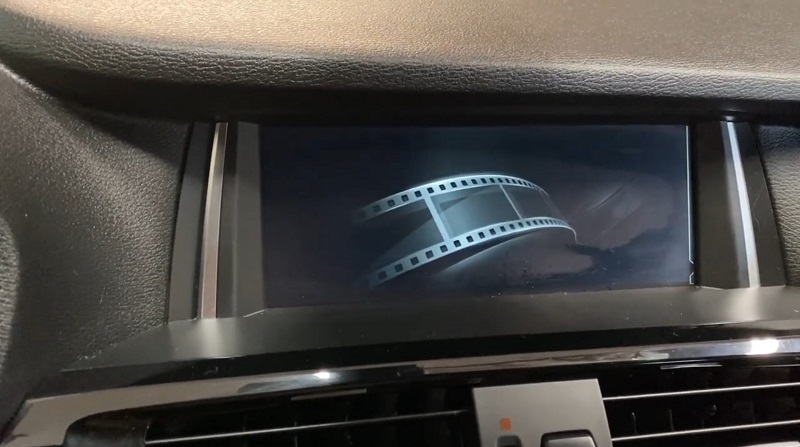
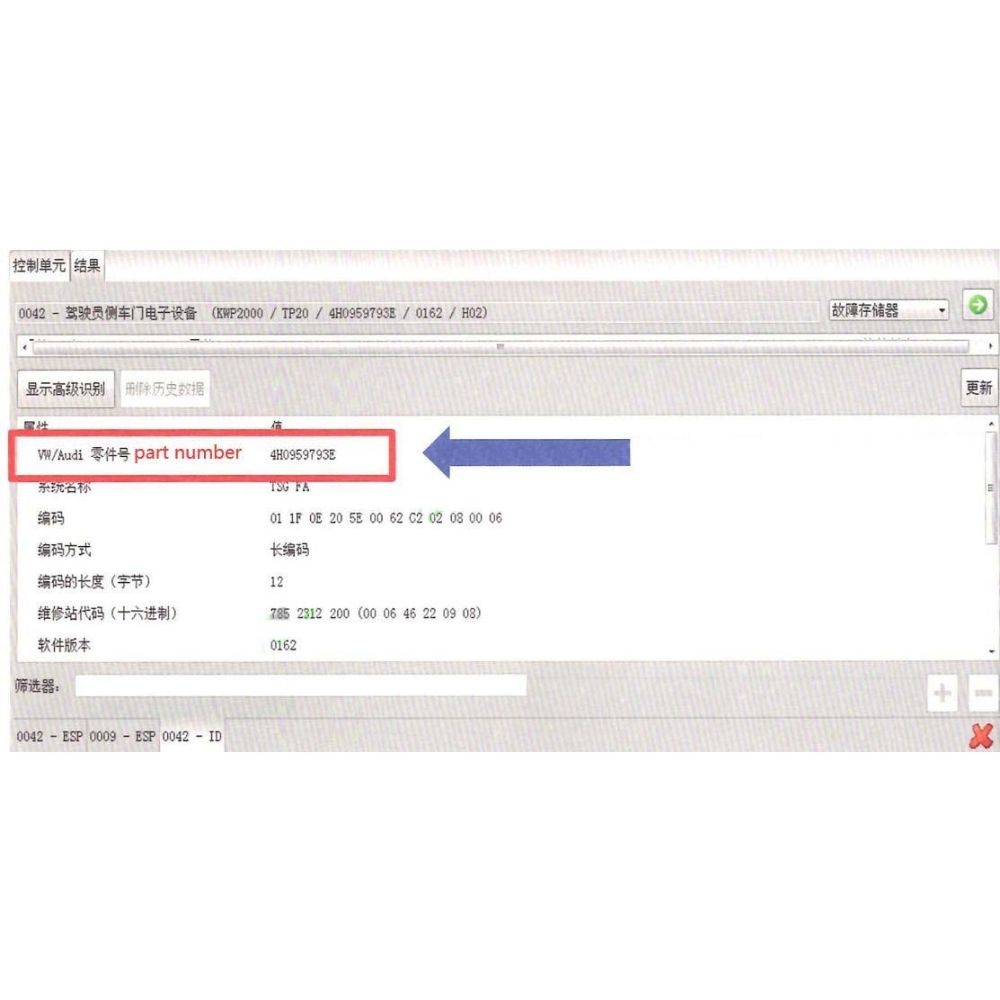
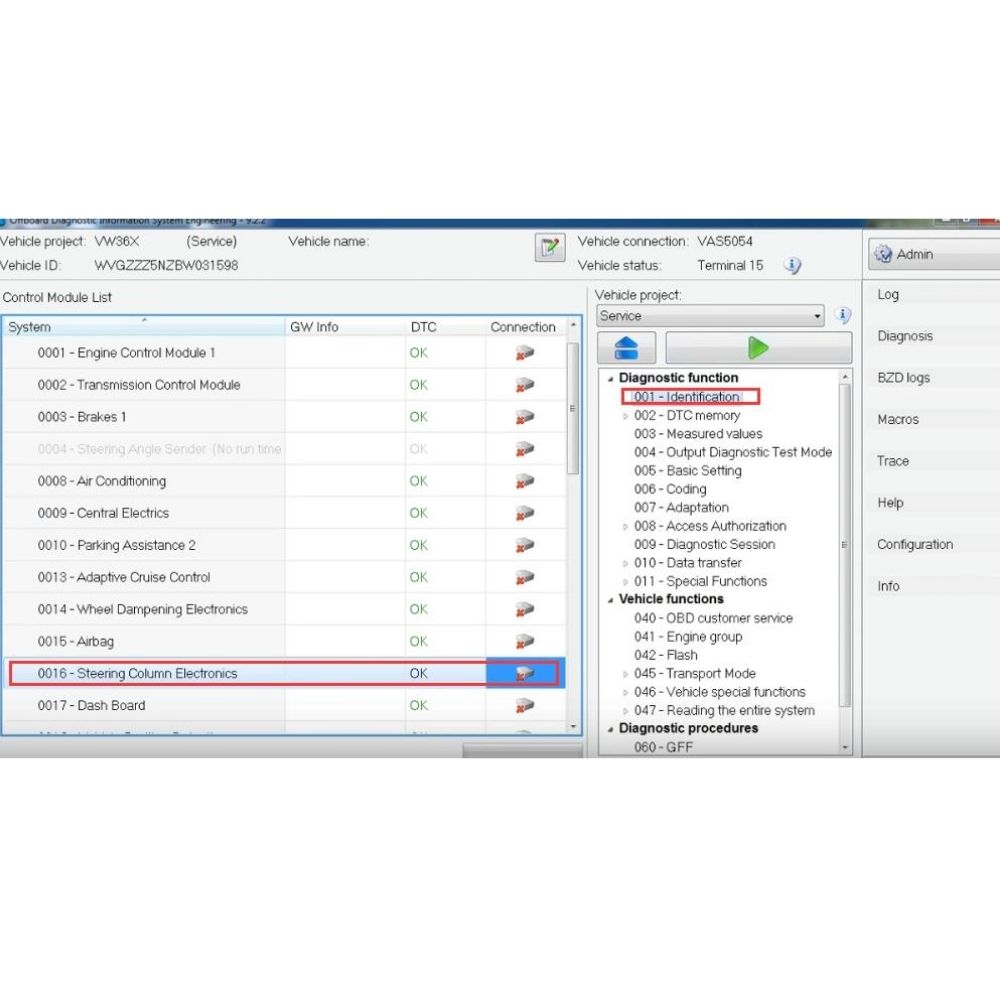

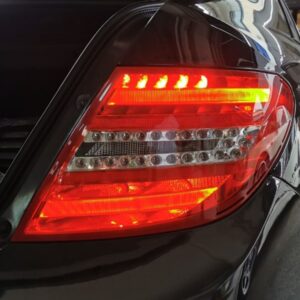
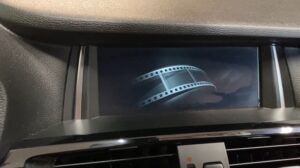
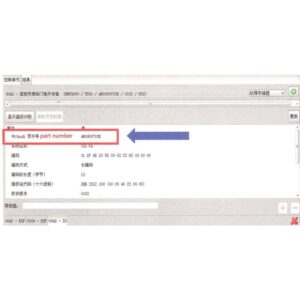
At AutoExplain, we provide automotive online repair service, auto repair tips, car repair manuals & document & training course to help mechanics of all experience levels—fix vehicles efficiently
AUTO EXPLAIN LLC
Employer Identification Number (EIN):
38-4349958
Whatsapp Us: +1(936)2896695
Gmail: [email protected]
Our Workshop: 1500 N Grant ST Sten Denver, Colorado, United States
Copyright 2025 © AutoExplain